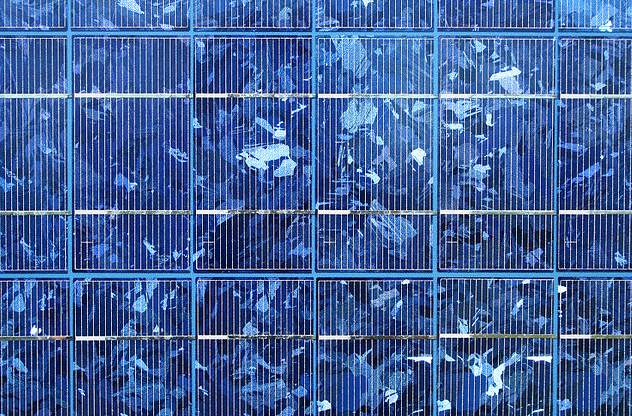Innovative Converter Chip Benefits Solar Energy

Scientists at the Massachusetts Institute of Technology (MIT) in Boston recently invented a new converter chip that is able to harness up to 80% of electricity that passes through it while remaining energy efficient. The chip’s high capture rate is revolutionary and it has a range of potential innovative applications such as utilizing solar cells to power or charge electronic devices.
The way the new converter chip works is ingenious. Dina Reda El-Damak, currently a graduate student at MIT and the author of the first related paper on the project, describes the chip as a more efficient and adaptable version of previous converter chips. When combined with technology like a solar cell, the new power circuit can power sensors and charge a battery with its excess power. The battery can then be used to provide power when input from an energy source is not available.
The DC/DC converters and circuits are integrated into the new converter chips. These help to regulate the input and output voltage, and work to protect the battery systems while they are being charged or used. This “integrated startup block” creates the conditions necessary for the system to be used even if the output of the device is unregulated. The chip is innovative due to its range of operation (1 microwatt to 10 nanowatts) which significantly reduces the input energy needed to power the chip. Systems using this new chip, for example a cell phone, will have less stress on their batteries that would be able to power other system functions or even recycle excess energy for a net gain in efficiency.
This chip has huge potential in the growth of “The Internet of Things” (IoT) which aims to digitize our traditionally analog devices like thermostats and refrigerators, and make them controllable online. These sensors and chips could be a low power, low cost alternative that would allow for data collection without a huge power load on the existing system. They can also be used to power small sensors that would not adversely affect the aesthetic of the device or make it difficult to use for consumers. Since the chips need little power and can be integrated with solar cells, they could eliminate the need for replaceable batteries.
Proposed technologies, such as smart cement that would transmit information about traffic patterns, or streetlights that record environmental conditions like air quality, could now become a reality. Until now, an efficient power source was one of the major obstacles to making these concepts possible. Thanks to the minds at MIT, a connected future may be closer than we believed.
